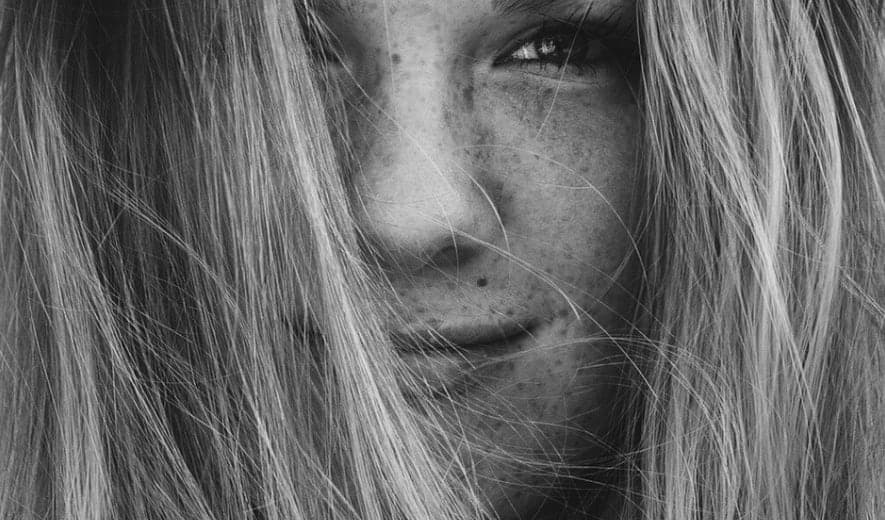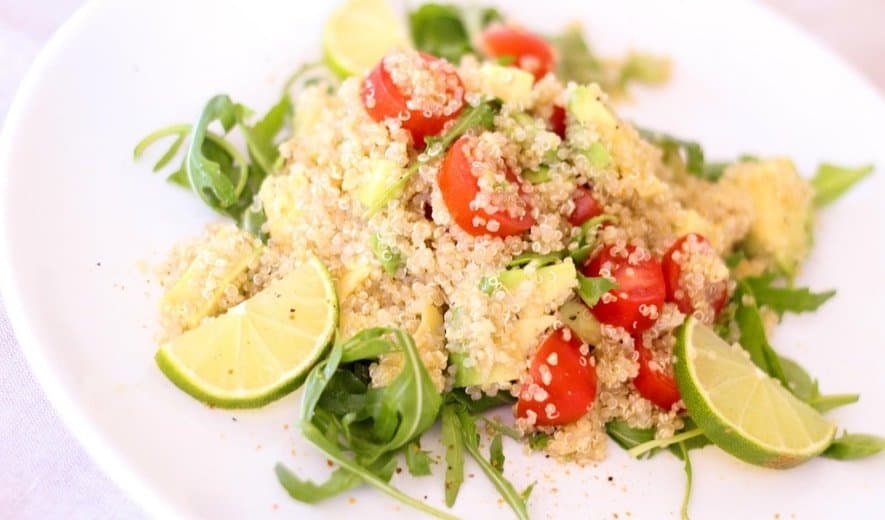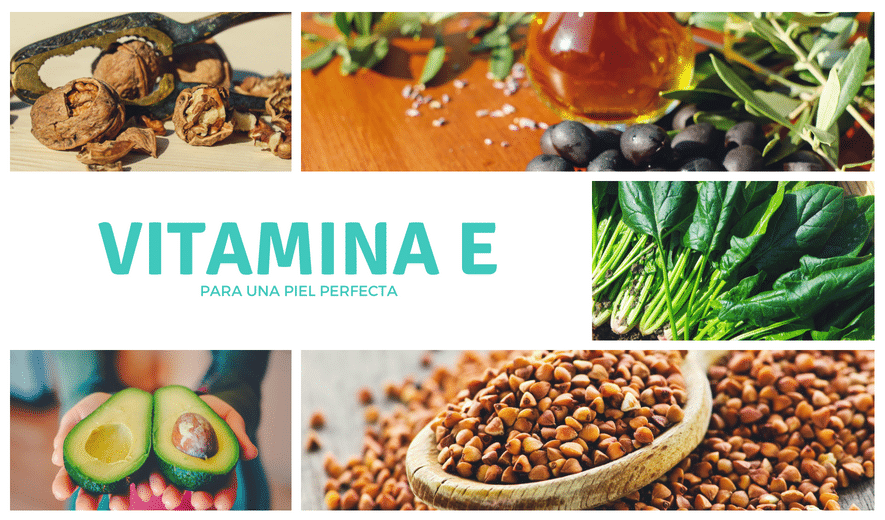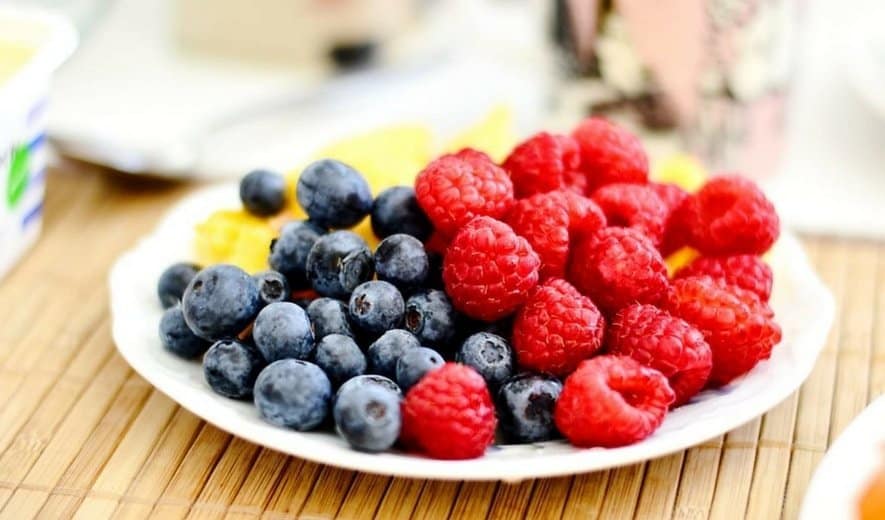No products in the cart.
Las ojeras y bolsas son uno de los problemas que más preocupan a las personas que quieren lucir un rostro radiante, sin imperfecciones y lleno de vitalidad, y aunque existen multitud de productos cosméticos para retrasar su aparición o para hacer que sean menos visibles, conseguir que desaparezcan por completo no es sencillo.
La realidad es que la única manera de contener la degeneración del contorno de ojos de una manera eficaz es recurrir a tratamientos específicos, productos ideados para tratar y regenerar esa zona en concreto.
Además, se necesita ser constante en las rutinas de cuidado del contorno de ojos si el objetivo es reducir o evitar, en la medida de lo posible, la aparición de bolsas y ojeras.
¿Por qué aparecen las ojeras o bolsas?
A pesar de que a nivel general se trata de un problema principalmente estético y suele ser una de las consecuencias de la falta de sueño en la piel, también puede ser síntoma de alguna carencia alimentaria o una alimentación desequilibrada, tomar el sol sin precaución, problemas de circulación, retención de líquidos o factores genéticos.
Las ojeras se deben a una alteración de la microcirculación en la red vascular del músculo que está debajo de la piel, y lo que ocurre es que, al ser tan fina, se transparenta la acumulación de sangre, de ahí su tono oscuro. Y las bolsas son abultamientos en la zona ocular debidos a la pérdida de masa muscular o la retención de líquidos.
¿Cómo evitar o prevenir la aparición de ojeras?
Teniendo en cuenta que la piel del contorno de ojos es hasta cinco veces más fina que en el resto del rostro, es más propensa a sufrir la aparición de arrugas y flacidez. A esto se suma que presenta una cantidad menor de colágeno, elastina y glándulas sebáceas, por lo que es mucho más sensible.
Por eso, la presencia de bolsas y ojeras requiere del tratamiento más adecuado. En estos casos se deben utilizar productos con ingredientes naturales y una alta concentración de Vitamina C, el principio activo que lucha eficazmente contra la aparición de manchas y que, además, potencia la formación de colágeno.
El contorno de ojos hidratante es el producto por excelencia para conseguir la reducción de bolsas y arrugas y unas ojeras más claras, sobre todo si aprendemos a sacarle el mayor partido posible. ¿Cómo conseguimos esto? En primer lugar, debemos aplicarlo siempre mediante suaves toquecitos con el dedo anular, que es con el que ejercemos menos fuerza, para favorecer la estimulación de la microcirculación, y finalizar presionando los ojos suavemente con las palmas de las manos durante unos segundos. Y, en segundo lugar, podemos introducir el contorno en el frigorífico para que sea más efectivo.
5 remedios caseros naturales para las ojeras
Como ya sabemos, el remedio más efectivo si realmente queremos ver resultados es ser constantes en la aplicación de un producto destinado a esta zona que se adapte a nuestro tipo de piel.
Pero si de vez en cuando nos levantamos con los ojos excesivamente hinchados y las ojeras más pronunciadas de lo habitual, también podemos acompañar la rutina de cuidados de la zona del contorno de ojos con algunos remedios caseros para las ojeras.
1. Frío para descongestionar
El frío ayuda a reducir la hinchazón, por eso resulta un buen aliado en la reducción de bolsas y ojeras. Como comentábamos, para aumentar su efecto descongestionante se pueden mantener los tratamientos del contorno de ojos dentro del frigorífico y sacarlos unos instantes antes de utilizarlos.
Además, si algún día ves tus ojeras muy marcadas, también puedes aplicar un poco de frío antes de tu tratamiento habitual. En este caso puedes optar por las gafas efecto gel, por meter dos cucharillas durante unos minutos en el congelador y posteriormente mantenerlas sobre los ojos hasta que pierdan el frío o por un cubito con hielo.
Recuerda que el hielo puede quemar la piel, así que procura no excederte en su aplicación. Un truco muy popular es utilizar una barra de pintalabios vacía y bien limpia, llenarla de agua y meterla en el congelador, así cada vez que quieras descongestionar tus ojeras tendrás un stick listo para utilizarlo.
2. La clásica infusión de manzanilla o bolsas de té verde
La manzanilla es una planta medicinal con unas propiedades excelentes para la piel, ya que además de ser buena para la digestión es calmante y antiinflamatoria, así que es otro de los trucos caseros que pueden ayudarte a eliminar bolsas y ojeras. Y el té, por su parte, además de tener propiedades antioxidantes también es antiinflamatorio y válido para reducir la inflamación y la hinchazón.
Para utilizar las bolsitas prepara el té o la infusión hirviendo el agua durante 10 minutos. Pasado este tiempo retira las bolsas y déjalas enfriar en la nevera durante aproximadamente media hora, y cuando veas que ya están frías colócalas sobre tus ojos durante 15 minutos. Este proceso es sencillo, puedes aprovechar para llevarlo a cabo cada vez que te tomes un té y puedes repetirlo varias veces al día.
3. Aceite de almendras y aceite de coco
El uso de los aceites en cosmética cada vez está más extendido por sus propiedades hidratantes y su composición a base de Vitaminas A, B o E. Además de que se absorben rápidamente y no obstruyen los poros, pueden ayudar a mejorar la zona de las ojeras hidratando la delicada piel del contorno de ojos. Se recomienda aplicar unas gotas antes de dormir y masajear con el dedo anular desde el lagrimal hacia afuera, pero siempre habiendo eliminado antes cualquier resto de maquillaje.
4. Las rodajas de pepino
Seguro que has oído hablar de las clásicas rodajas de pepino sobre los ojos para reducir las ojeras y las bolsas, pero ¿sabes por qué funcionan tan bien? Su alto contenido en agua y Vitamina E, reflejados en sus poderes hidratantes y antioxidantes, ayudan a reducir la inflamación, calmando la piel y combatiendo la sequedad. Hay que tener en cuenta que para que sea efectivo debe estar frío, así que es conveniente meterlo en el congelador. Una vez que esté frío y bien lavado se cortan un par de rodajas, y después de limpiar la piel en profundidad se aplica durante unos 15 minutos.
5. El ácido láctico de la leche
La leche contiene ácido láctico, que ayuda a suavizar y a hidratar la piel de la zona inferior de los ojos, además de tener proteínas, enzimas y antioxidantes, útiles para fortalecer la dermis y curar la piel dañada. Puedes utilizarla dejando la leche enfriar y empapando en ella dos bolitas de algodón que deberás aplicar debajo de los ojos hasta que la leche deje de estar fría.
Si combinas estos tratamientos con el contorno de ojos adecuado, reducir las bolsas y ojeras empezará a ser una tarea sencilla en tu rutina de cuidados beauty.

 Español
Español




 So, how long does it take for a scar to heal?
So, how long does it take for a scar to heal?



